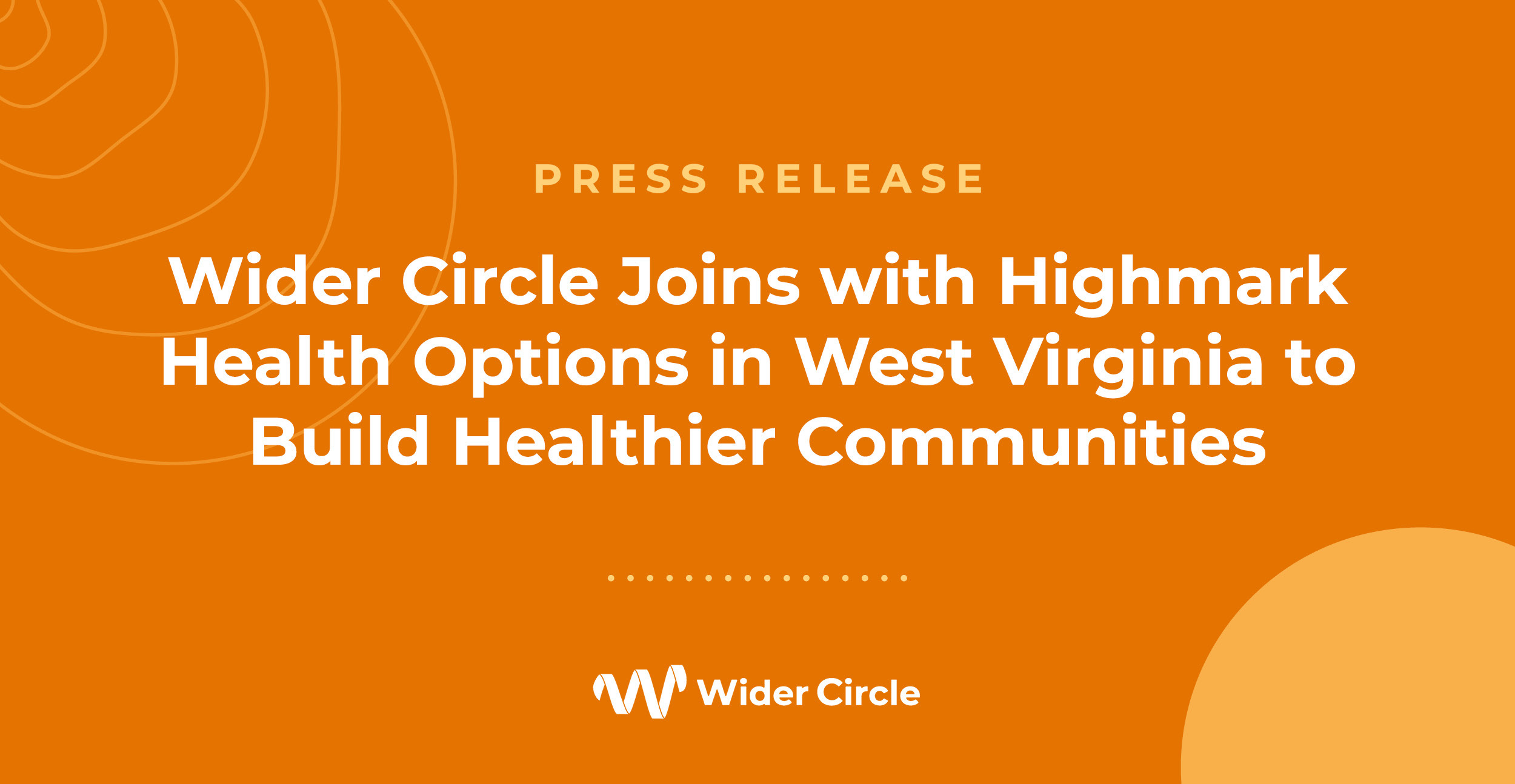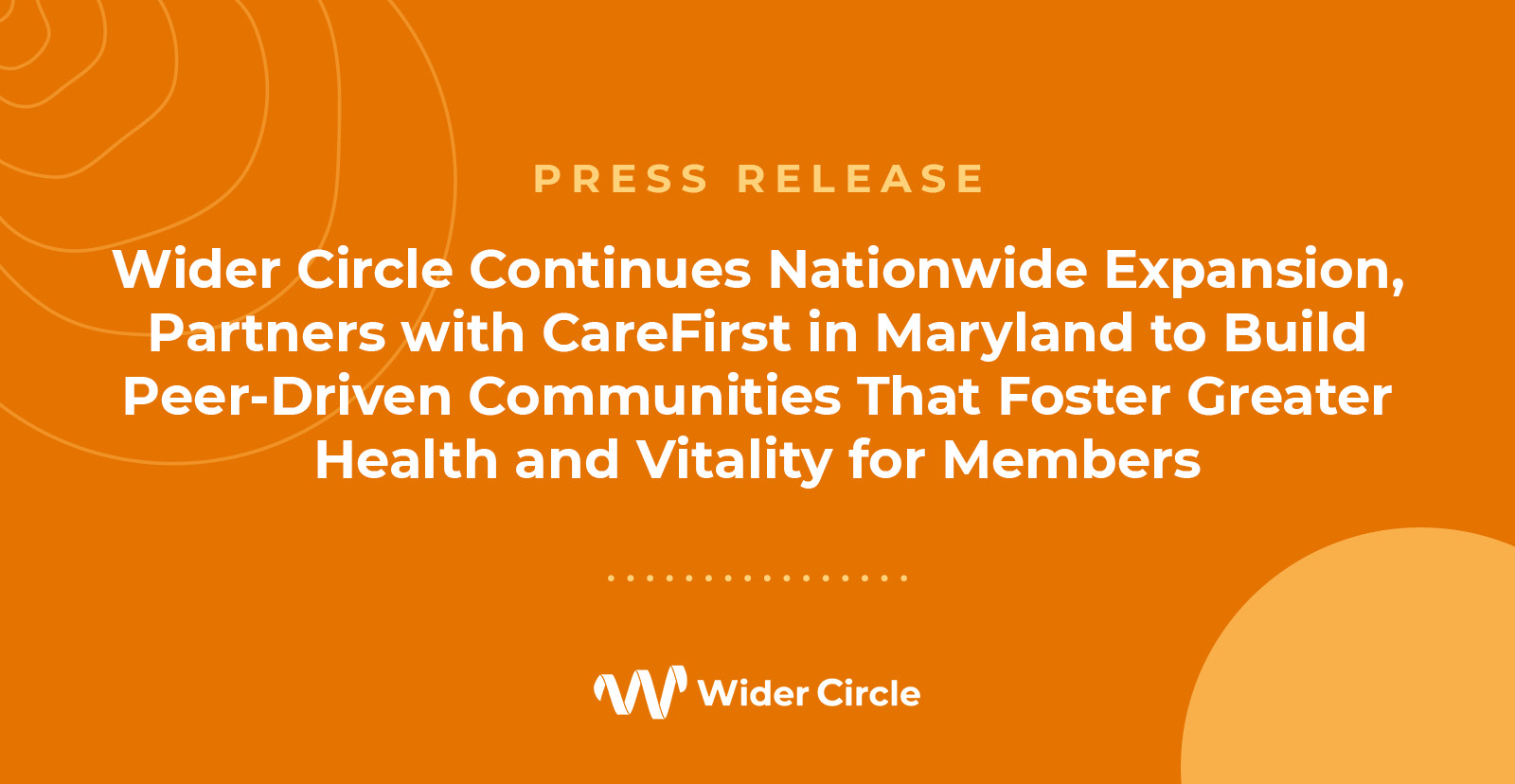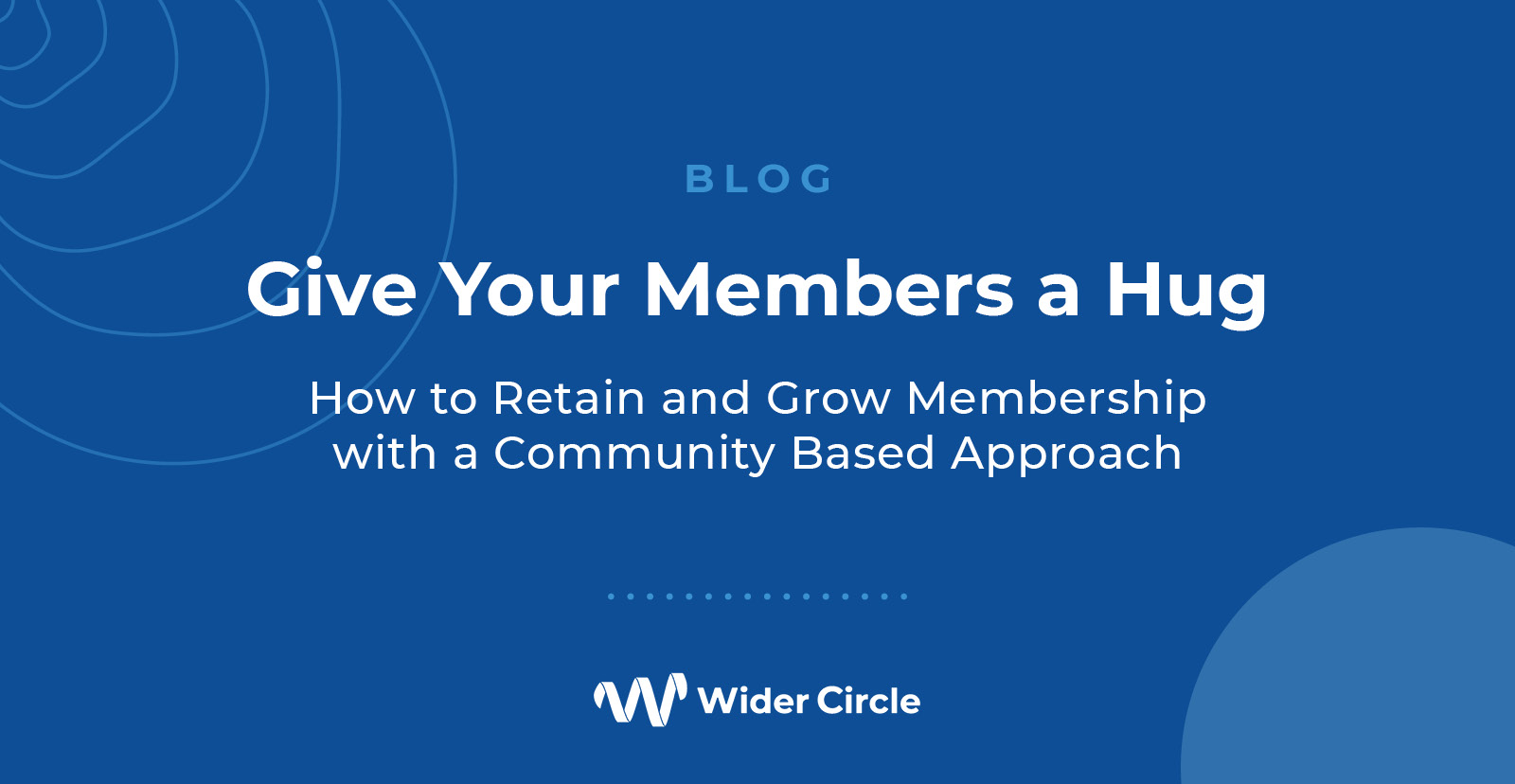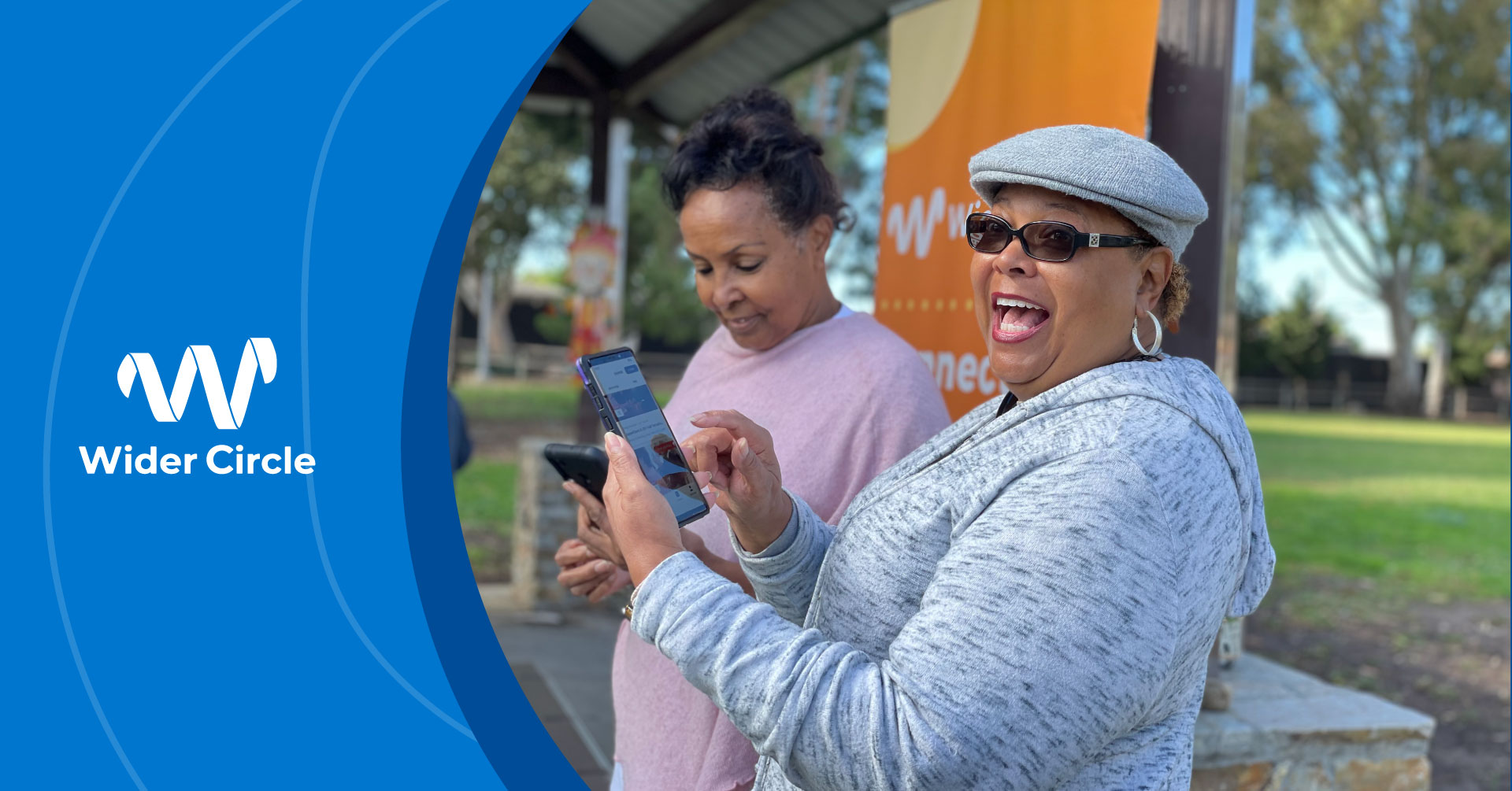
By: Mamta Parakh, Vice President, Product Management; Ginger Nedblake, Senior Product Manager; and Jai Kim, Product Manager
At Wider Circle, we build community and peer-focused solutions for an equitable future of health and wellness. We innovate around a belief that all communities should be able to tap into benefits and care systems for collective health advancement, driven by an accessible network of peer support and user-friendly technology for anyone who needs it. We serve Medicare and Medicaid enrollees who tend to be at greater risk for poor health status and experience significant disparities in access to, and use of, healthcare services. In this post, we share how we bring our exceptionally diverse team and our own members (users) together in problem-solving, innovating, and shaping our human-centered product and services.
Our members and our workforce come from a broad range of backgrounds – socially, culturally, and professionally. Their experience spans public and community spheres, as well as clinical training and experience working at hospitals or senior centers. Many have backgrounds in education, customer service, sales, marketing, technology, and/or many other related fields.
Our Community Engagement Leaders – those who facilitate activities with members – live in the same neighborhoods and share similar cultural backgrounds as our members. Our high-touch approach to building neighborhood communities ensures our teams are deeply integrated in the areas we serve. Our teams understand how these communities function and what our members value.
While intuition and cultural competence are essential to developing solutions that meet the needs of our members, they are only part of the equation. We employ several research methods that tap into the wisdom of our diverse team and members to inform our products and service design. We detail three tried-and-true examples below.
Inspire Idea Cultivation Across the Company: It is vital to create a culture where idea cultivation can occur across teams and disciplines; not only do people feel more invested in the company mission, but it encourages multiple insights and perspectives. For example, the Wider Circle product team ran a company-wide idea competition this summer to identify opportunities to improve our member acquisition and conversion rates. The focus of the competition was to generate ideas to help us draw new members to their first Wider Circle events. The competition drew participation from ~50% of our team from across all departments. People self-organized into cross-functional teams to participate.
We designed a review and selection process optimized for selecting the ideas to launch impactful and achievable improvements. A cross-functional panel of judges helped select the winners and prioritize ideas that would advance to development of a proof of concept. To reduce bias, evaluators could not view submitters’ information nor one another’s comments or scores. They evaluated each submission on Impact versus Effort scales. We then leveraged this well-known framework to identify and pursue the most impactful ideas (see Figure 1). This instilled a sense of ownership among participants and we formed interdisciplinary teams that are advancing the development and testing of several ideas.
Figure 1: Impact v Effort Scale.
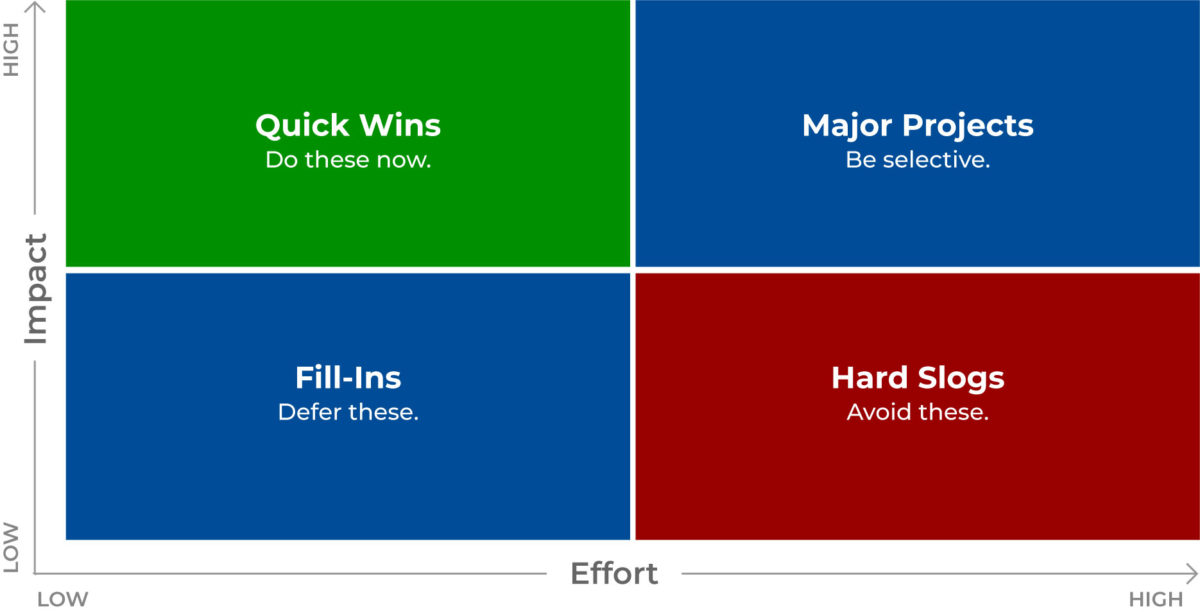
Test Prototypes with Highly Engaged Member Ambassadors: Our volunteer Community Ambassadors are our most enthusiastic members. They find a lot of meaning and passion through helping their communities as well as helping Wider Circle advance our reach. We regularly bring together panels of Ambassadors to review and test product prototypes. They love to be involved in the process and often stay on through implementation to help support and train fellow members on new tools.
For example, our virtual events platform launched in 2021 to enable members to stay connected to their circles during the tough pandemic lockdowns. Ambassadors helped us test the product, including on weekends, so we could release improvements without disrupting any live events. The test runs with Ambassadors were very well received. They participated with patience and kindness and brought ingenious user insight into how a virtual gathering could recreate the same dynamics from in-person settings. They helped flag any bugs and user experience issues, and their insights helped prioritize the features that mattered most. We learned that many members adjusted their plans to be on these group calls and loved hearing their neighbors’ voices and stories. So we focused on reliability, call start, auto-entry, and mute/unmute functions to allow for equal participation and delivered these as part of the Minimum Viable Product.
Leverage Superuser Member Interviews for Continuous Innovation: Conducting super-user interviews throughout development is another highly effective method for ensuring cultural relevance and accessibility. For example, one of our goals is to increase the user base of our member app and drive more member connectivity through the app. The app is designed to support community interactions and self-serve sign-ups for ongoing community events, allowing for a more convenient experience for our members and less administrative burden for our staff.
Based on an analysis of our users, we learned two key things: First, users were concentrated in some geographies and linked back to a small number of Community Engagement Leaders (CELs). Second, they mainly used the app to RSVP and navigate to events of interest. We have since been interviewing the leading CELs and superuser members to understand who they are, how the app fits in their daily lives, and what we can do to make it even better and easier for them to use. This has helped us identify a few different personas of users and functionality that will further support our members to stay connected through Wider Circle.
A feature we prioritized as a result of these interviews was to link back any event RSVPs to members’ personal calendars. Multiple members asked that we make it easier for them to remember what they RSVP’d to and saw that they go back and forth between their personal calendars and our event calendar, we knew we had to integrate. We prioritized this project in the next sprint and delivered it two weeks later. In this scenario, research helped us reveal worthwhile and achievable goals that create high value for our users.
Open Doors for More Collaboration: Another key user group is our CELs. We have custom products to support their day-to-day community development and member engagement work. We organize weekly open hours for team members to join us to ask any questions, share their feedback, or learn about new functionality. This flexible approach and regular cadence of connecting across teams has resulted in continuous learning about user needs, uncovering blind spots and biases, and prioritizing efforts to create high value per release. In addition to the open hours, we find opportunities to connect with the CELs where they are day-to-day by attending meetings, connecting 1:1, and shadowing virtual and in-person events. This allows us to understand their goals and challenges at a deeper level.
Conclusion
It takes will, resilience, and creativity to identify ways to be user-centered, create time to learn continuously, work across team boundaries, and build more inclusive products. From engaging members in our design process to going out into the field to further understand community engagement challenges at a deeper level, we are committed to finding the most successful approaches to nurture a culture of continuous learning; promote work across cultural, structural, and generational boundaries; and embrace iterative product delivery. We’ve built a team that knows there is no substitute for forging strong human connections with the people we need to work with, and that inspired products start with thoughtful research.
Healthcare in the U.S. is largely skewed by ethnicity, with minority communities experiencing a lack of information, shortage in care access, and poor health outcomes. Wider Circle has found that through innovative, culturally competent solutions, we can deepen our reach within diverse communities and our ability to meaningfully engage them for better health. Our community cohorts experience significantly lower cost of acute care and improved plan and provider satisfaction compared to matched controls. By prioritizing creative solutions with our members’ unique needs and challenges in mind, we can continue to tackle health inequities across the first and last mile of healthcare.
____________________________
About the Author:
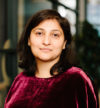
Over the course of her 15+ year career, Mamta Parakh has worked across continents in health tech, life sciences, and tech sectors. Her passion is bringing to life technology-enabled health and care services that advance equity and accelerate improvements in public health. Prior to her role as VP of Product Management at Wider Circle, Parakh helped build and grow Quartet Health, a pioneer in tech-enabled behavioral health solutions. She earned her M.S., Management Science and Engineering from Stanford University and holds a B.Tech. from the Indian Institute of Technology, Delhi. Parakh currently lives in New York City with her husband and continues to nurture hobbies related to music, art, and urban community development.

